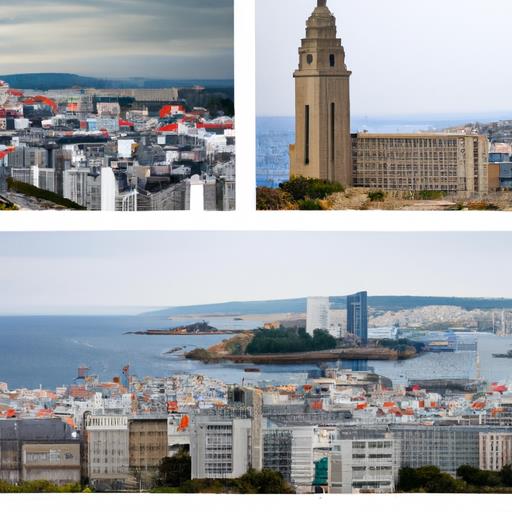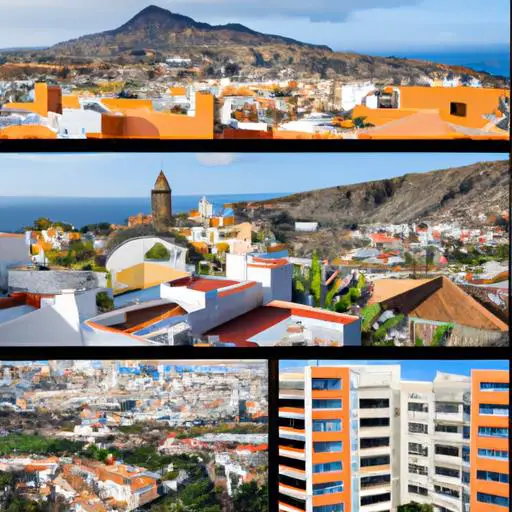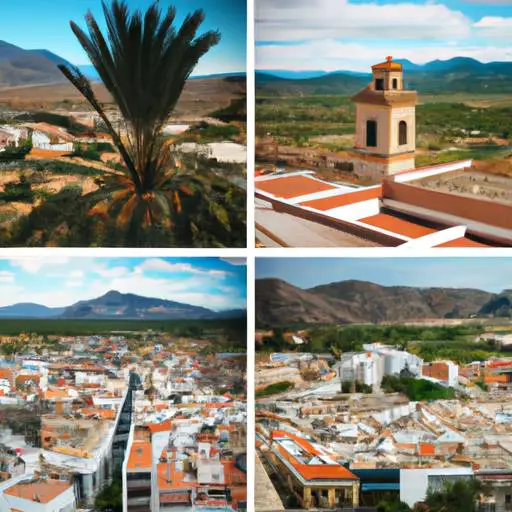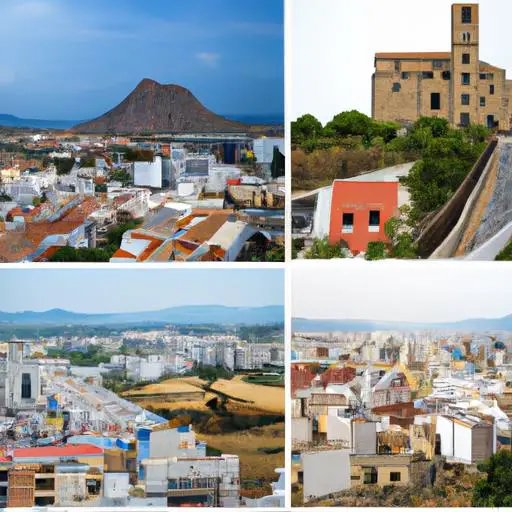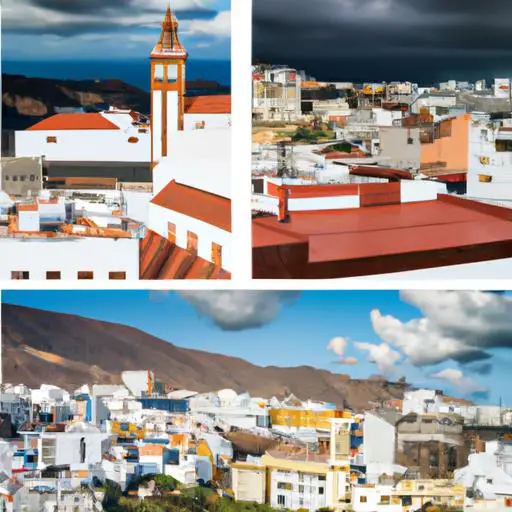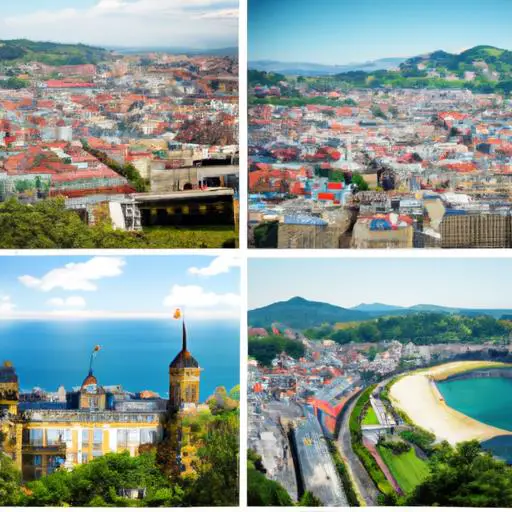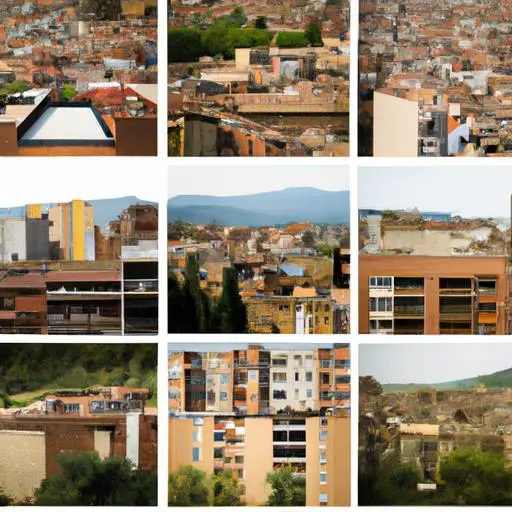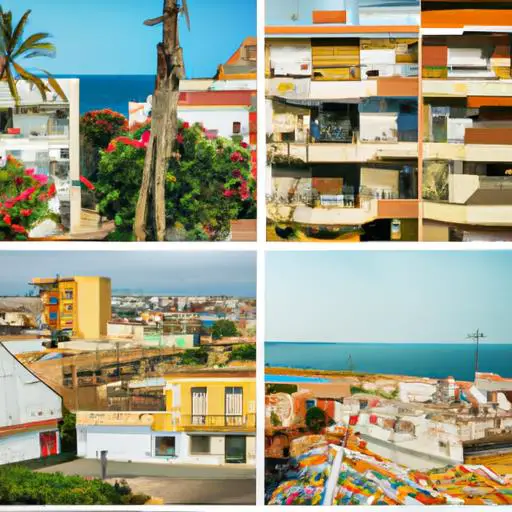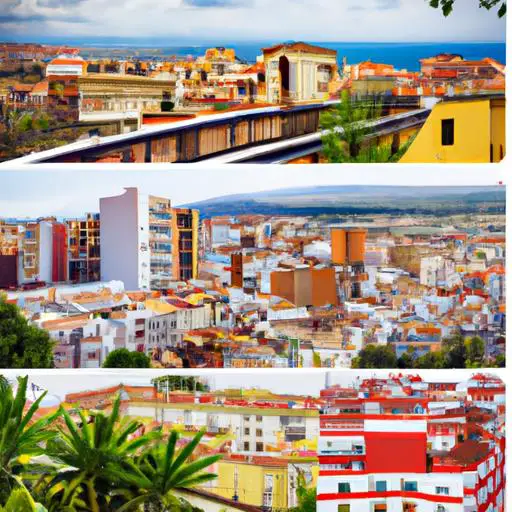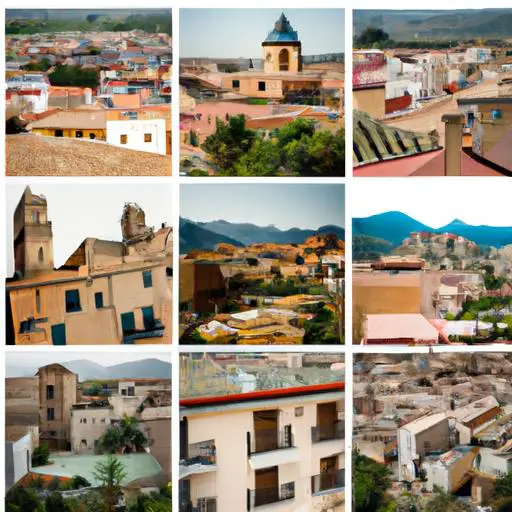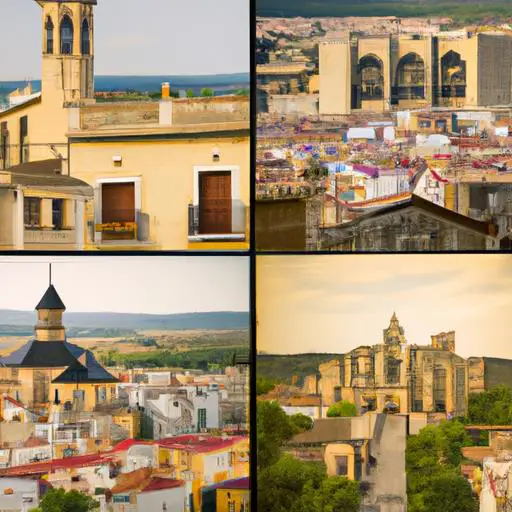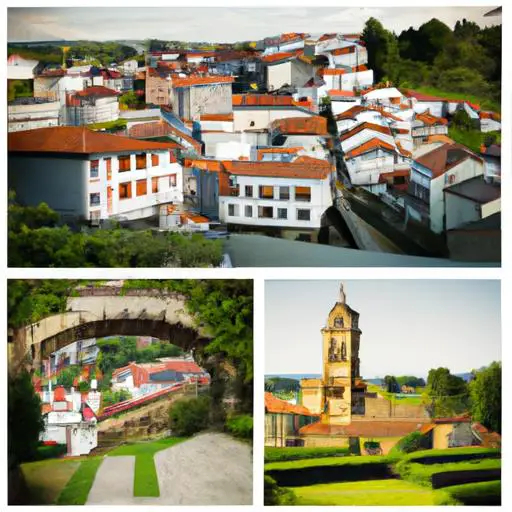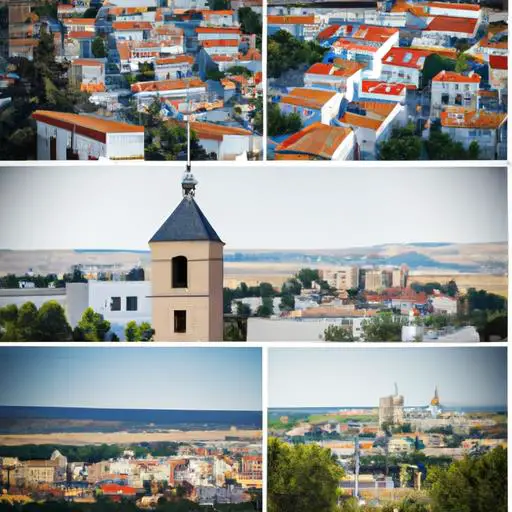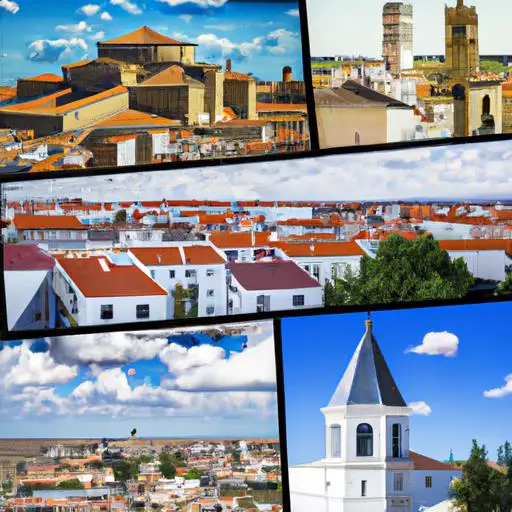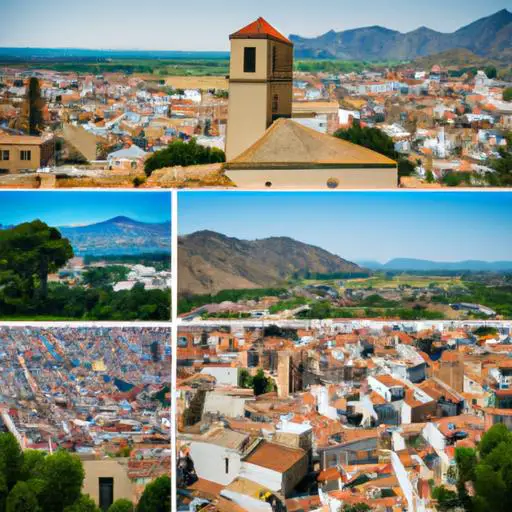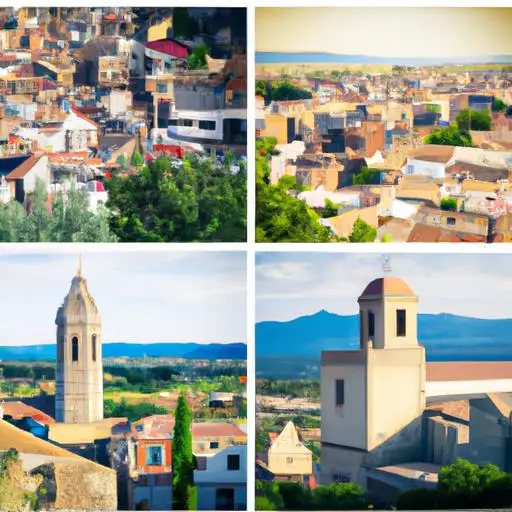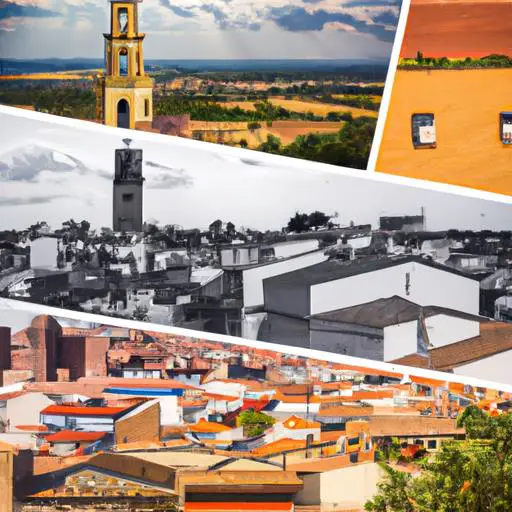History and Information About Cartuja de Miraflores, Burgos, Spain
Located in the charming city of Burgos, Spain, the Cartuja de Miraflores is a historic monastery with a fascinating history. Dating back to the 15th century, it stands as a testament to the region's rich cultural heritage and architectural grandeur.
The monastery, also known as the Charterhouse of Miraflores, was founded in 1441 by King Juan II of Castile and his wife Isabella of Portugal. Its construction began with the purpose of serving as a burial place for the royal family. The magnificent Gothic-style building took several decades to complete, and its stunning architecture and intricate details leave visitors in awe.
As you step inside the Cartuja de Miraflores, you are greeted by a serene and peaceful atmosphere. The monastery is known for its beautiful cloister, adorned with intricate stonework and lush greenery. The delicate carvings on the walls and ceilings showcase the exceptional craftsmanship of the era.
One of the main attractions of the monastery is the Royal Chapel, which holds the tombs of King Juan II and Queen Isabella. The marble tombs are adorned with exquisite statues, and the alabaster architectural screens surrounding them are an exquisite work of art. It's a place where history comes alive, and visitors can feel the presence of the royal couple whose legacy is deeply engraved in the region's history.
The interior of the monastery is equally captivating. The main altarpiece, created by Gil de Siloe, is considered one of the finest examples of late Gothic art. The altarpiece depicts scenes from the life of Christ and is a remarkable display of artistic talent. The delicate woodwork and intricate detailing are a true testament to the skill and dedication of the craftsmen of that era.
Aside from its architectural and artistic wonders, the Cartuja de Miraflores is also renowned for its rich history. Over the centuries, it has witnessed numerous significant events and has served as a place of spiritual retreat for monks. The monastery has survived wars, political changes, and the test of time, remaining a symbol of faith and heritage.
Visiting the Cartuja de Miraflores offers a unique opportunity to experience the grandeur of Spain's medieval past. The peaceful surroundings, coupled with the stunning architectural beauty, create a sense of tranquility and reverence. Strolling through the monastery's corridors and gardens, one can't help but be transported back in time, imagining the lives of the monks and the royal figures who once graced these hallowed halls.
Today, the Cartuja de Miraflores is not only a historical and cultural gem but also an active monastery. The monks who reside there continue to live a contemplative life, preserving the traditions and spirituality that have defined the Cartuja for centuries. Their presence adds to the unique ambiance of the place, making it a must-visit for those seeking a glimpse into the past.
So, if you find yourself in Burgos, Spain, don't miss the opportunity to explore the Cartuja de Miraflores. Immerse yourself in its rich history, admire its architectural marvels, and find solace in its peaceful surroundings. It's a place where the past comes alive and leaves an indelible mark on every visitor.
Travel Guide: Cartuja de Miraflores, Burgos, Spain
The Cartuja de Miraflores is a monastery located in Burgos, Spain. It is an ideal destination for those interested in history, architecture, and religious sites. Here's your travel guide to help you explore this fascinating place.
Getting There
The Cartuja de Miraflores is situated just outside the city of Burgos. You can easily reach it by various means of transportation:
- By Car: If you have a rental car or your own vehicle, you can follow the signs towards Cartuja de Miraflores. The journey should take around 15 minutes from Burgos city center.
- By Public Transportation: You can take a bus from Burgos city center to the monastery. Check the local bus schedules for the most convenient option.
- By Taxi: Taxis are available in Burgos and will take you directly to the Cartuja de Miraflores. Make sure to agree on the fare beforehand.
Exploring the Monastery
Once you arrive at the Cartuja de Miraflores, prepare to be awe-inspired by its beauty. Here are some key highlights to explore:
- The Church: The monastery's church is a magnificent example of Gothic architecture. Admire the intricate details of the façade and step inside to see the stunning altarpiece.
- The Cloister: Take a stroll through the peaceful cloister, surrounded by beautiful gardens. You can also visit the museum inside the cloister to learn more about its history and artifacts.
- The Tombs: Marvel at the intricate tombs of King Juan II and Queen Isabel of Castile. These tombs are considered some of the finest examples of Spanish Renaissance funerary art.
- The Choir: Don't miss the elaborately carved choir stalls, showcasing exceptional craftsmanship. Look closely at the detailed sculptures depicting scenes from the Bible and saints.
Visitor Information
Here are some important details to keep in mind before visiting the Cartuja de Miraflores:
- Opening Hours: The monastery is open to visitors from Tuesday to Sunday, with specific hours for morning and afternoon visits. Check the official website for the most up-to-date information.
- Entrance Fee: There is a small entrance fee to access the monastery. The fee contributes to the preservation and maintenance of this historical site.
- Dress Code: As a place of religious significance, modest dress is encouraged out of respect. Make sure to cover your shoulders and knees when visiting.
- Guided Tours: Guided tours are available for a more in-depth understanding of the monastery's history and architecture. Check with the visitor center for schedule and availability.
Visiting the Cartuja de Miraflores is like stepping into a different era. Take your time to absorb the tranquility and appreciate the remarkable craftsmanship displayed throughout the monastery.

